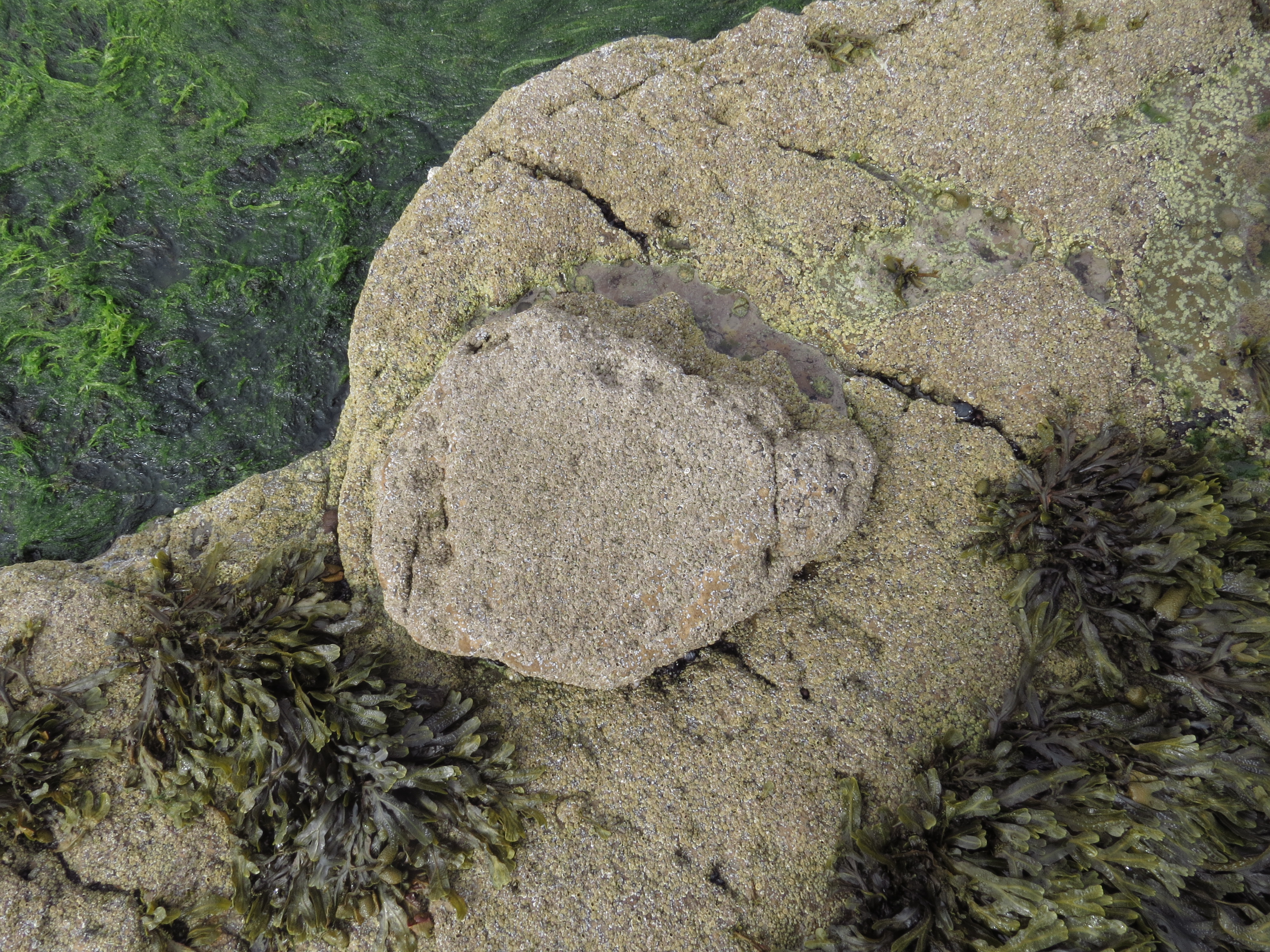Duntulm on:
[Wikipedia]
[Google]
[Amazon]
Duntulm () is a township situated on the northwest coast of the Trotternish peninsula on the

Canmore - Skye, Cnoc A'Mhoid, Duntulm site record
{{Skye Populated places in the Isle of Skye
Isle of Skye
The Isle of Skye, or simply Skye, is the largest and northernmost of the major islands in the Inner Hebrides of Scotland. The island's peninsulas radiate from a mountainous hub dominated by the Cuillin, the rocky slopes of which provide some of ...
, and is made up of Shulista (North Duntulm) and South Duntulm. It is located on the single-track A855 road about 24 miles north of Portree. The township is noted for its long fortified headland, which the ruins of Duntulm Castle presently sit.
Geography and natural history
Duntulm is coastally composed of a series of bays and onlooked by ''Cnoc Roll'', a small hill standing 122 m above sea level with a radio mast. Duntulm Bay sits north of Duntulm Castle, and contains the 33 m high Tulm Island and smaller Port Duntulm. The bay is overlooked by the abandonedlinear settlement
A linear settlement is a (normally small to medium-sized) settlement or group of buildings that is formed in a long line. Many of these settlements are formed along a transport route, such as a road, river, or canal. Others form due to physical r ...
of Erisco - depopulated during the highland clearances. Duntulm features a single small loch, Loch Cleat (meaning Grey Loch).
Immediately south of the castle is ''Cairidh Ghlumaig'', a bay which forms part of the ''yair'' (Scottish Gaelic for fish trap) of Ghlumaig. ''Cairidh Ghlumaig'' is renowned for its outcrop of the type section
In geology, a stratotype or type section is the physical location or outcrop of a particular reference exposure of a stratigraphic sequence or stratigraphic boundary. If the stratigraphic unit is layered, it is called a stratotype, whereas the ...
of the Middle Jurassic
The Middle Jurassic is the second Epoch (geology), epoch of the Jurassic Period (geology), Period. It lasted from about 174.1 to 161.5 million years ago. Fossils of land-dwelling animals, such as dinosaurs, from the Middle Jurassic are relativel ...
aged Duntulm Formation
The Duntulm Formation is a sedimentary Formation (geology), geologic formation deposited in the Inner Hebrides, Scotland. The formation was previously known as the 'Lower Ostrea Beds', and dates to the Bathonian stage of the Middle Jurassic. The ...
(c. 170 million years old), which contains several trackways attributed to long-necked sauropods. The coast from ''Cairidh Ghlumaig'' to Score Bay is strictly protected by the Skye Nature Conservation Order 2019, which safeguards Skye's vertebrate fossils.

History
Duntulm was originally a Pictish fortress, forming one of a chain of duns or forts stretching along the north coast of theIsle of Skye
The Isle of Skye, or simply Skye, is the largest and northernmost of the major islands in the Inner Hebrides of Scotland. The island's peninsulas radiate from a mountainous hub dominated by the Cuillin, the rocky slopes of which provide some of ...
. On the arrival of the Norsemen
The Norsemen (or Northmen) were a cultural group in the Early Middle Ages, originating among speakers of Old Norse in Scandinavia. During the late eighth century, Scandinavians embarked on a Viking expansion, large-scale expansion in all direc ...
the fort became the residence of a powerful Viking
Vikings were seafaring people originally from Scandinavia (present-day Denmark, Norway, and Sweden),
who from the late 8th to the late 11th centuries raided, pirated, traded, and settled throughout parts of Europe.Roesdahl, pp. 9‚ ...
leader who gave it the name David's Fort.
Trotternish often changed hands. It was not until the 16th century that the Lords of the Isles finally seized the territory and Donhall Gorm (''Blue Donald'') the chief (great-grandson of Hugh of Sleat), took up residence there and carried out considerable improvements to the fort. In 1730 the MacDonalds moved away from Duntulm and stayed for a time at Monkstadt before building their new castle at Armadale.
Duntulm is home to a clach-ultaich, a lifting stone
Lifting stones are heavy natural stones which people are challenged to lift, proving their strength. They are common throughout Northern Europe, particularly Iceland (where they are referred to as ''steintökin''), Scotland, Ireland, Basque Countr ...
believed to weigh a ton.
References
External links
Canmore - Skye, Cnoc A'Mhoid, Duntulm site record
{{Skye Populated places in the Isle of Skye